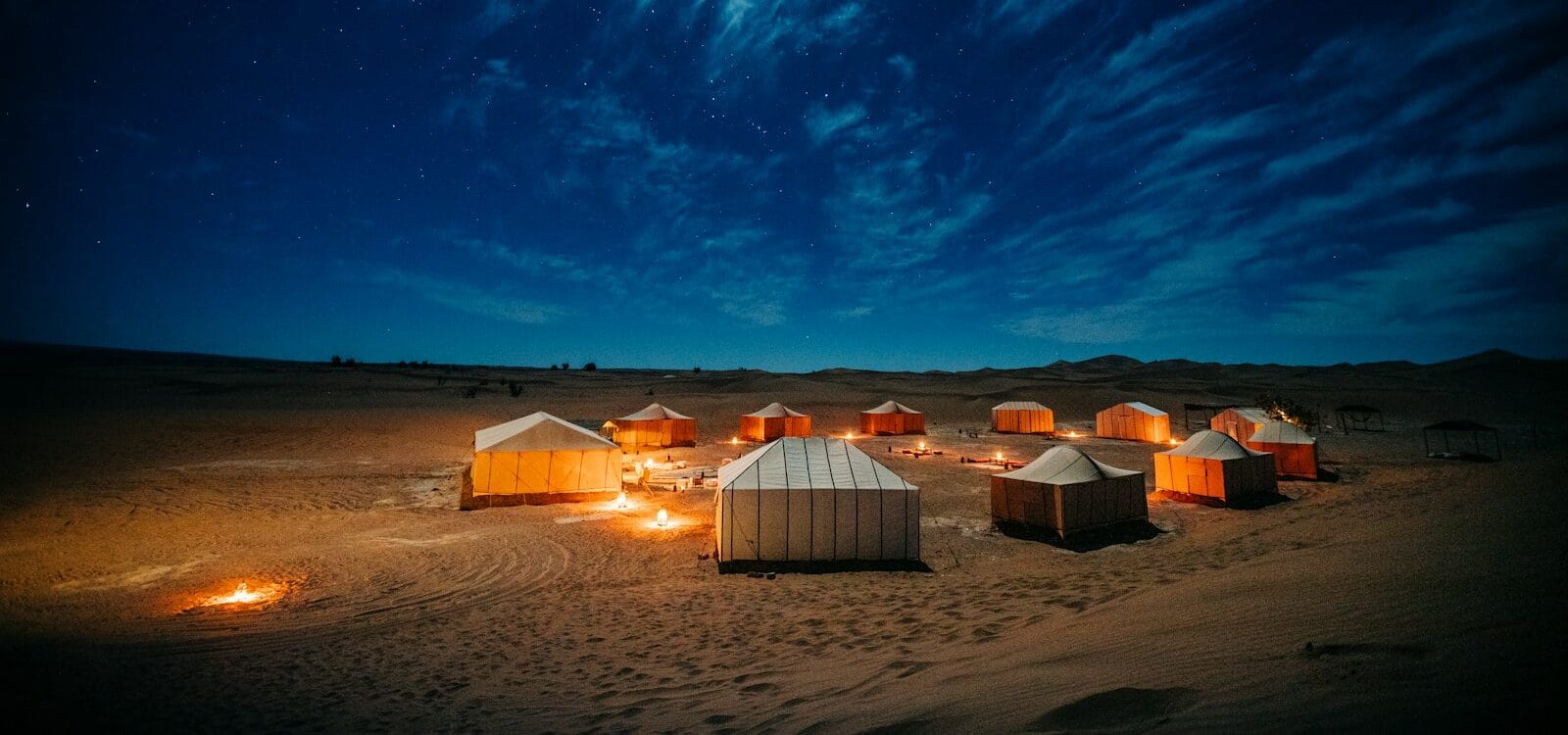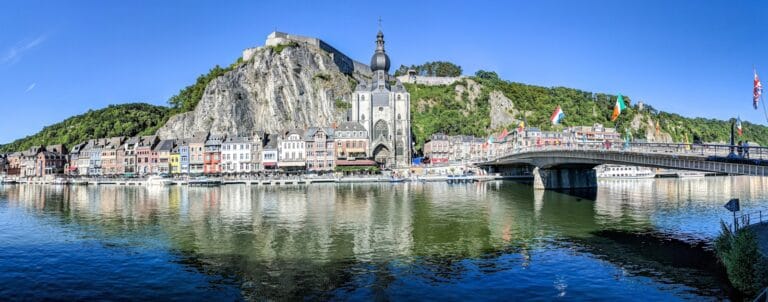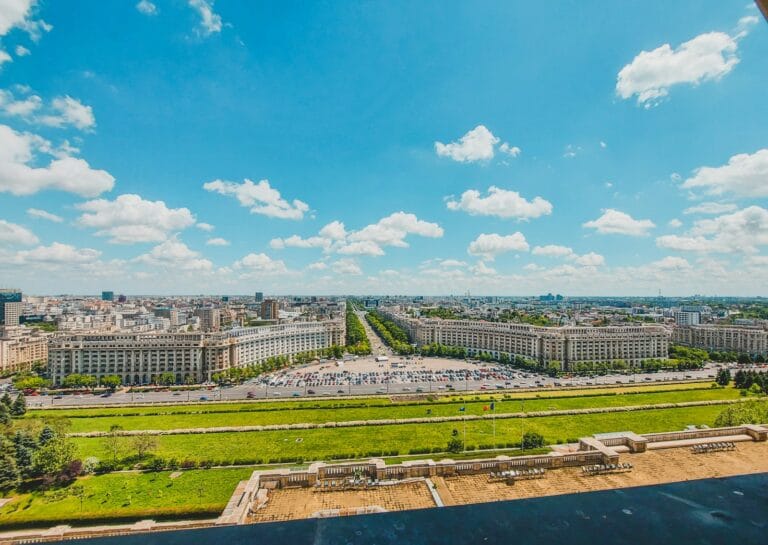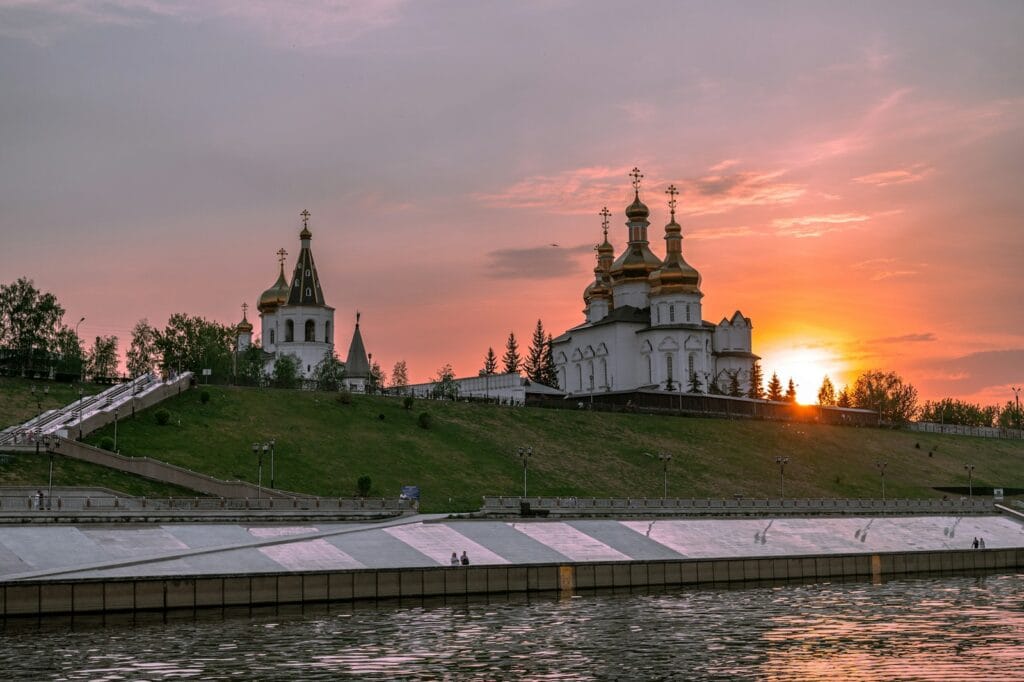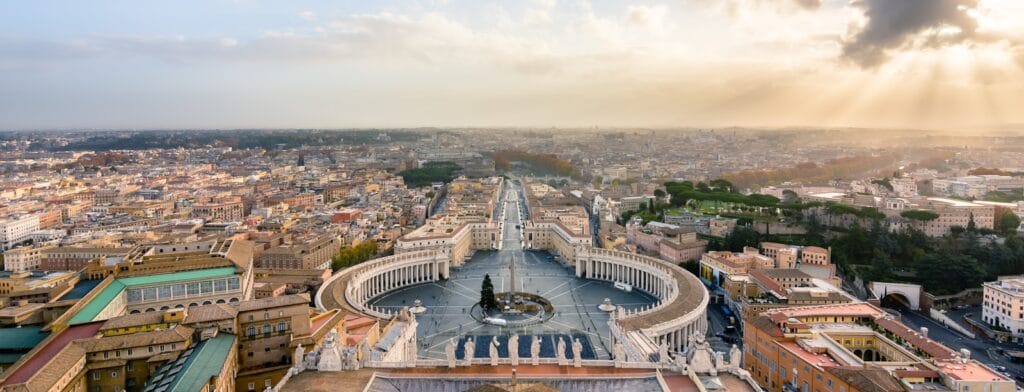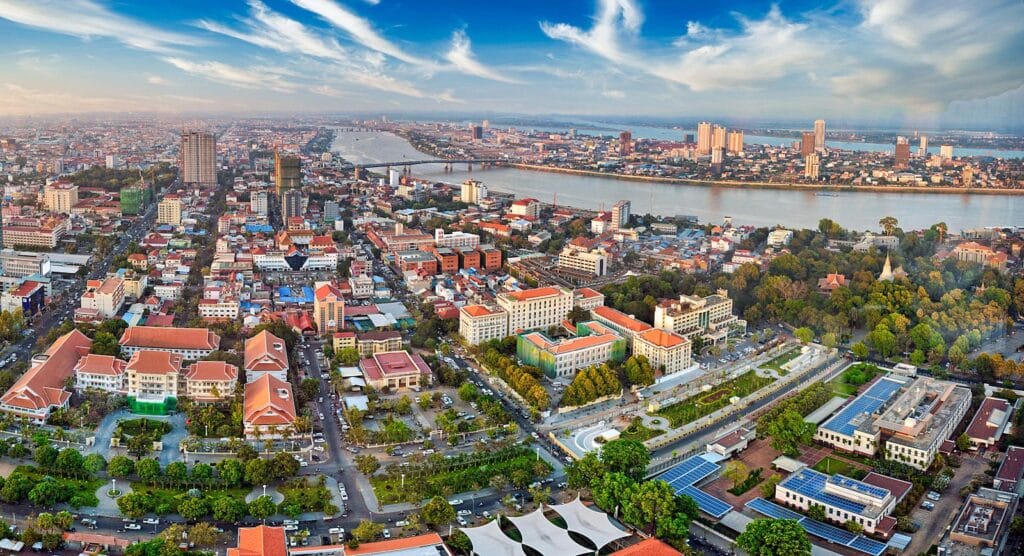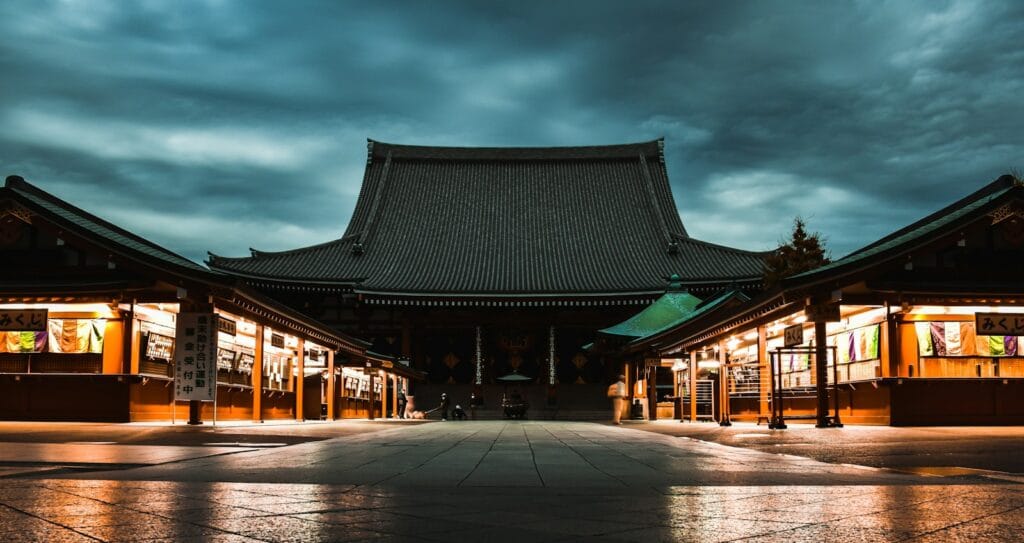Morocco Travel Guide: From Medinas to Mountains
Intro to Morocco Travel Guide
Spices fill the air. Ancient cities hum with life. Camels trek into dunes under a fading sun. Morocco is where Africa and Europe dance, blending Berber, Arab, French, and Spanish influences into one of the most vibrant travel tapestries on earth.
From the rugged peaks of the High Atlas to the windswept beaches of Essaouira, every corner offers a new thrill. Whether you’re here for colorful souks, Sahara treks, imperial cities, or blue-painted mountain towns, this guide helps you plan with confidence and clarity.
Start planning your trip with our complete Morocco Tour Guide — packed with top experiences, regional tips, and local insights.
💡Quick Facts:
Continent
Africa
Country
Kingdom of Morocco
Area
446,550 km² (excludes Western Sahara)
Population
~37 million (2024 estimate)
Density
~83 people per km²
Capital
Rabat
Regions/Subregions
12 administrative regions including Marrakech-Safi, Souss-Massa, Fès-Meknès, and Tanger-Tetouan-Al Hoceima
Language(s)
Arabic (official), Amazigh (Berber); French widely used in business and tourism
Currency
Moroccan Dirham (MAD)
Time Zone(s)
GMT+1 year-round (permanent daylight saving time)
Climate
Mediterranean along the coast, arid to semi-arid inland; Atlas Mountains experience snow
Known For
Sahara Desert, imperial cities, souks, mint tea, riads, Berber culture, Atlas Mountains, and Atlantic beaches
🛂Arrival Info:
– Visa-free access (up to 90 days) for citizens of the U.S., UK, EU, Canada, Australia, and several others
– Passport must be valid for at least 6 months
– Visa required for certain Asian and African nationalities
– Official Morocco Visa Info
– Overstaying incurs fines or entry bans
💉Health Info:
– Routine vaccines (MMR, polio, hepatitis A) recommended
– Hepatitis B, rabies (for rural visits), and typhoid may be advised
– Tap water not potable in most areas — drink bottled water
– Public hospitals available in cities; private clinics recommended for tourists
Travel health updates — get coverage here
Stay Informed with Official Updates: World Health Organization – International Travel and Health | Centers for Disease Control and Prevention – Global Travel Health
🚨Travel Advisory:
– Generally safe; petty crime (especially in medinas) is the main concern
– Avoid political demonstrations and Western Sahara border zones
Stay Informed with Official Updates: US Travel Advisory | UK Foreign Travel Advice
📅Holidays:
– Throne Day: July 30
– Independence Day: November 18
– Eid al-Fitr & Eid al-Adha: Dates vary
– Green March Day: November 6
– Prophet’s Birthday (Mawlid): Islamic calendar
💰Money Matters:
– Currency: Moroccan Dirham (MAD); not exportable
– Exchange at banks, ATMs, or bureaus; major cities have good access
– Cards accepted in hotels, restaurants, and upscale stores
– Tipping is expected (5–10%) in restaurants and for guides
– Duty-free: 1L alcohol, 200 cigarettes, personal goods under €430
🚍Transport:
– Trains: ONCF rail links major cities (Casablanca, Fez, Tangier)
– Buses: CTM and Supratours are reliable
– Taxis: Grand taxis (intercity), petit taxis (in-town); negotiate fare or insist on meter
– Car rental available; drive on the right
– IDP required for non-EU/Arabic license holders
📶Connectivity:
– Mobile providers: Maroc Telecom, Orange, Inwi
– SIM cards widely available (passport required)
– 4G/LTE in most cities, patchy in desert areas
– Wi-Fi common in hotels, cafes, and riads
📜Laws & Etiquette:
– Dress modestly in rural or religious areas
– Public alcohol consumption is prohibited outside licensed venues
– LGBTQ+ travelers face legal and cultural risks — discretion is advised
– Friday is the main prayer day; some shops and services may close midday
– Always ask before photographing people
🛡️Emergency Info:
– Emergency: Police 19, Ambulance/Fire 15
– Tourist Police operate in major cities
– Embassies located in Rabat and Casablanca
🌦️Weather:
– Best times to visit: March–May and September–November
– Summer (June–August): hot inland, mild on the coast
– Winter: Snow in Atlas Mountains; mild rain in the north
– Sahara is cold at night year-round
Weather Forecast
Morocco by Region – Where to Go
From bustling cities to desert camps and coastal gems, Morocco’s geography is incredibly diverse. Here’s how to navigate it.
Northern Morocco: Tangier, Chefchaouen, and the Rif
This Mediterranean-facing region blends Spanish flair with blue mountain charm.
– Tangier offers a fascinating mix of Arabic, French, and Andalusian vibes — great museums, modern cafes, and a gateway port to Europe.
– Chefchaouen, known for its blue-washed medina and mountain views, is a photographer’s dream.
– The Rif Mountains offer remote hikes and local homestays for adventurous travelers.
Imperial Cities: Fes, Meknes, Rabat, and Marrakech
Morocco’s cultural core is defined by its former capitals — each with rich architecture and deep traditions.
– Fes is the spiritual and intellectual heart, with its UNESCO-listed medieval medina.
– Meknes has quieter vibes but grand palaces and Roman ruins nearby.
– Rabat, the current capital, blends old kasbahs with leafy boulevards.
– Marrakech, the sensory overload — with souks, palaces, hammams, and vibrant gardens.
Atlas Mountains & Valleys
A spine of craggy peaks and lush valleys splits Morocco.
– High Atlas offers trekking from Imlil to Mount Toubkal.
– Dades and Todra Gorges provide epic canyon scenery.
– Ourika Valley makes for easy Marrakech day trips with waterfalls and Berber villages.
Saharan Morocco: Merzouga & Erg Chebbi Dunes
In the deep southeast lies Morocco’s desert frontier.
– Merzouga is the base for camel rides and overnight camps under starry skies.
– Erg Chebbi’s golden dunes offer magical sunrises, sandboarding, and 4×4 adventures.
Southern Morocco & Anti-Atlas
This lesser-traveled area blends mountains, oases, and Berber culture.
– Tafraoute is known for pink granite rocks and hiking trails.
– Tata and Akka offer ksar (fortified villages), palm groves, and remote desert vibes.
Atlantic Coast: Casablanca, Essaouira, Agadir
Ocean lovers and surfers will love Morocco’s Atlantic edge.
– Casablanca is cosmopolitan, home to the iconic Hassan II Mosque.
– Essaouira blends Portuguese fortresses with chill surfer towns.
– Agadir offers long beaches, resorts, and easy domestic flights.
Top Places to Visit in Morocco
Explore Morocco’s most unforgettable spots, grouped by travel theme.
Cultural Capitals
– Fes el-Bali: The oldest medina in the world, alive with artisans, tanneries, and Quranic schools.
– Marrakech Medina: Dive into souks, snake charmers, and the iconic Jemaa el-Fnaa square.
– Meknes: Underrated and elegant, close to the Roman ruins of Volubilis.
Nature Escapes
– Ourika Valley: Cool off near waterfalls and Berber gardens just an hour from Marrakech.
– Ifrane: Morocco’s “Little Switzerland” — with alpine architecture and cedar forests.
– Paradise Valley: A palm-filled canyon near Agadir, ideal for swimming and hiking.
Historic Sites
– Ait Ben Haddou: Ancient ksar and Hollywood backdrop on the way to the desert.
– Volubilis: Roman ruins surrounded by olive groves and scenic hills.
– El Badi Palace: Marrakech’s crumbled glory tells of dynasties past.
Mountains & Desert
– Toubkal National Park: Trek to North Africa’s highest peak.
– Erg Chebbi Dunes: Camel treks, nomadic camps, and golden sandscapes.
– Dades Gorge: Rock formations and dramatic canyons for road-trippers.
How to Choose Where to Go in Morocco
Let your travel goals shape your itinerary — Morocco delivers on every front.
- For cities and culture: Pair Marrakech with Fes and Meknes for contrasting medina vibes, architecture, and markets. Add Rabat for a modern capital experience.
- For nature and hiking: Base in Imlil for High Atlas treks, or explore the Dades Valley by car. The Rif Mountains offer offbeat hikes from Chefchaouen.
- For beach escapes: Choose Essaouira for old-world charm, Agadir for modern resorts, or Taghazout for surf culture.
- For desert adventures: Travel over the Atlas to Merzouga or Zagora for multi-day Sahara trips. Combine with Ait Ben Haddou or Draa Valley.
- For short trips: Spend 4–5 days between Marrakech, Ourika Valley, and Essaouira for a mix of culture, nature, and coast.
How to Get Around Morocco
Morocco has a solid transport network, from high-speed trains to scenic drives and local taxis.
Trains and Rail Travel
– ONCF runs comfortable trains connecting Casablanca, Rabat, Fes, Marrakech, Tangier, and more.
– The Al Boraq high-speed train links Tangier to Casablanca in just over 2 hours — fast, modern, and affordable.
Intercity Buses
– CTM and Supratours offer reliable, air-conditioned buses for major routes, including Marrakech to Merzouga.
– Smaller companies connect mountain towns and rural areas — book at local stations.
Driving in Morocco
– Ideal for exploring the Atlas Mountains, southern oases, or remote valleys.
– Roads are generally safe, but mountainous routes may be narrow and winding.
– Rent a 4×4 if you’re headed into the Sahara or rugged terrain.
Taxis and Ride-Hailing
– Petite taxis operate within cities (cheap, but metered or negotiated fares).
– Grand taxis link towns and villages, shared with others.
– Heetch and Roby operate in Casablanca, Rabat, and other urban areas as alternatives to Uber.
Domestic Flights
– Useful for long distances, e.g., Casablanca to Dakhla or Agadir.
– Royal Air Maroc and Air Arabia Morocco are main operators.
Travel Budget & Costs in Morocco
Morocco is affordable for all budgets, with wide variation depending on region and travel style.
Average Daily Costs
– Budget traveler: $35–$50/day (hostels, street food, local buses)
– Mid-range traveler: $70–$120/day (riads, domestic transport, guided tours)
– Luxury traveler: $200–$400/day (5-star riads, private Sahara trips, upscale dining)
Sample Prices
– Local tajine meal: $3–$6
– Train from Casablanca to Fes: $15–$25
– Riads (charming local guesthouses): $30 (budget) to $200+ (luxury)
– 3-day Sahara tour from Marrakech: $120–$300 depending on group/private
Tips for Saving Money
– Eat at local snack bars or café-restaurants — great quality and value.
– Stay in dars or small riads rather than chain hotels.
– Take buses or trains instead of private cars unless in remote regions.
Best Time to Visit Morocco
Morocco’s climate varies by geography — coast, desert, and mountains each have their seasons.
Spring (March–May)
– One of the best times to visit Morocco. Pleasant across the country.
– Ideal for Marrakech, hiking the Atlas, and coastal cities.
– Rose Festival in El Kelaa M’Gouna (Dades Valley) is a seasonal highlight.
Autumn (September–November)
– Also prime for travel — warm but not scorching, especially in the Sahara and south.
– Great for road trips and desert treks.
Winter (December–February)
– Snow in the Atlas (great for trekking or skiing at Oukaimeden).
– Desert nights get cold but skies are clear.
– Coastal regions like Essaouira remain mild.
Summer (June–August)
– Hot inland (Marrakech and Fes can exceed 100°F).
– Mountains and Atlantic coast are good escapes.
– Avoid long desert trips this season unless fully prepared.
Must-See Experiences in Morocco
Uncover unforgettable Morocco tours and things to do in Morocco across every region.
Desert Adventures
– Camel trek across Erg Chebbi with a night in a nomad-style camp.
– 4×4 desert drives through Draa Valley and palm oases.
– Watch the stars and hear Berber music around a fire.
Medina Explorations
– Get lost in Fes el-Bali’s medieval maze — shop, sip mint tea, and spot artisans at work.
– Visit Marrakech’s Bahia Palace and colorful souks.
Coastal Getaways
– Learn to surf or chill in Taghazout and Essaouira.
– Dine on grilled sardines by the port or take a kitesurfing class.
Hiking & Nature
– Trek to the top of Mount Toubkal or wander the trails of the Rif Mountains.
– Visit Ouzoud Waterfalls or hike gorges in the Atlas foothills.
Cultural Immersion
– Visit a hammam (public bath) — traditional and rejuvenating.
– Take a Moroccan cooking class and shop for spices in the medina.
– Time your trip with Ramadan or Eid for deep cultural insight.
Book immersive Morocco tours and experience unforgettable things to do in Morocco — from sacred temple rituals and highland treks to floating markets and lakeside food adventures.
Best Travel Itineraries in Morocco
Mix and match these curated routes to fit your interests and timeframe.
7-Day Cultural Highlights
– Marrakech → Ait Ben Haddou → Dades Valley → Merzouga (Sahara) → Fes
– Covers desert, cities, kasbahs — ideal for first-timers.
10-Day Coast to Desert
– Casablanca → Essaouira → Marrakech → Ouarzazate → Merzouga
– Great variety: ocean, mountains, desert.
14-Day Grand Morocco Loop
– Tangier → Chefchaouen → Fes → Merzouga → Todra Gorge → Marrakech → Essaouira
– Best for travelers seeking depth and diversity.
7-Day Relaxed & Rural
– Marrakech → Imlil → Ourika → Essaouira
– Lower pace, more time in nature, less driving.
Local Cuisine & Culinary Experiences
Taste your way through Morocco — one tajine at a time.
Must-Try Moroccan Dishes
– Tajine: Slow-cooked stews in clay pots — chicken, lamb, or veggie-based.
– Couscous: Served with meat or vegetables, often on Fridays.
– Pastilla: Sweet-savory pie with pigeon or chicken, dusted in cinnamon and sugar.
– Harira: Tomato-based soup often eaten during Ramadan.
– Rfissa: Hearty lentil-chicken dish over torn pancakes.
Culinary Experiences
– Join a cooking class in Fes or Marrakech.
– Visit local markets like Mellah in Marrakech or Bab Boujloud in Fes.
– Try street snacks: msemen (pancakes), brochettes (grilled meat), or fresh dates.
– Book food-focused Morocco tours through spice souks and bakeries.
Travel Safety & Cultural Etiquette in Morocco
Stay smart and respectful while enjoying Morocco’s diverse culture.
Safety Tips
– Morocco is generally safe, especially in tourist areas.
– Watch for petty theft in busy medinas; keep valuables secure.
– Use registered guides and official transport providers.
Scams to Avoid
– “Helpful” guides at tourist sites may demand tips.
– Shops may claim items are handmade when mass-produced — bargain wisely.
Cultural Etiquette
– Dress modestly (shoulders and knees covered) in conservative areas.
– During Ramadan, don’t eat or drink in public during the day.
– Learn some Arabic or French greetings — locals appreciate the effort.
Health & Hygiene
– Bring hand sanitizer, especially in rural areas.
– Tap water is safe in major cities but bottled is best for travelers.
Where to Go Next – Pair Morocco with These Destinations
- Spain: Hop across the Strait of Gibraltar for Andalusian culture and quick access via ferry from Tangier.
- Portugal: Great for a cultural contrast — fly from Marrakech to Lisbon in under 2 hours.
- Tunisia: Another North African gem with ancient ruins and beach resorts.
- Egypt: For travelers continuing their historical journey through the Arab world.
- Senegal: Add West African music, culture, and vibrant coastal cities.
Explore nearby regions with these helpful guides:
– Portugal Travel Guide
– Spain Travel Guide
– Tunisia Travel Guide
– Egypt Travel Guide
– Senegal Travel Guide
Final Planning Checklist for Morocco
– Finalize your route based on regions (e.g., Marrakech, Atlas, Sahara, Coast)
– Reserve desert camps, city riads, and intercity transport ahead of peak seasons
– Download offline maps, ONCF train app, and translation tools (French/Arabic)
– Double-check passport validity and visa rules based on your nationality
– Purchase a local SIM card or eSIM for connectivity (Maroc Telecom is best)
– Prepare for varying climates: coast, desert, and mountain weather can differ greatly
– Carry small cash for medina shopping and rural areas; ATMs are common
– Learn key phrases and cultural norms for respectful, immersive travel
Explore Morocco with confidence using our trusted tips, local insights, and region-by-region planning tools.
For more expert travel tips, practical strategies, and trusted tools — visit our Homepage and get inspired for your next trip.

